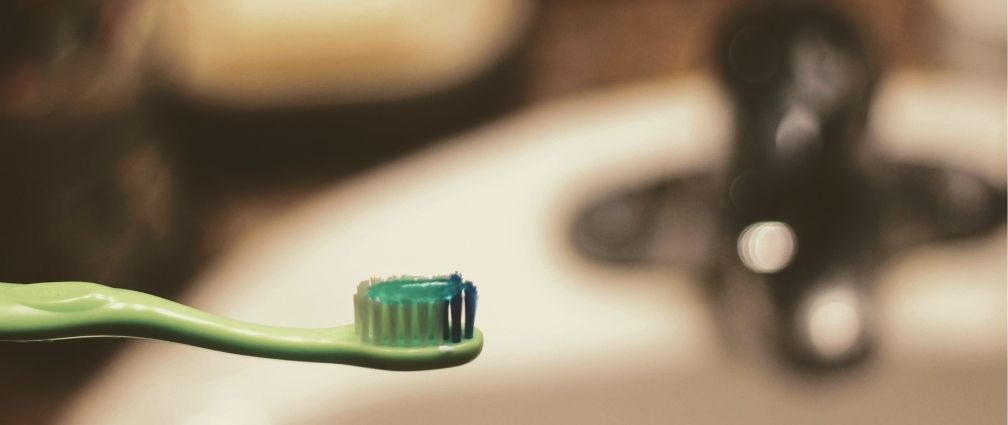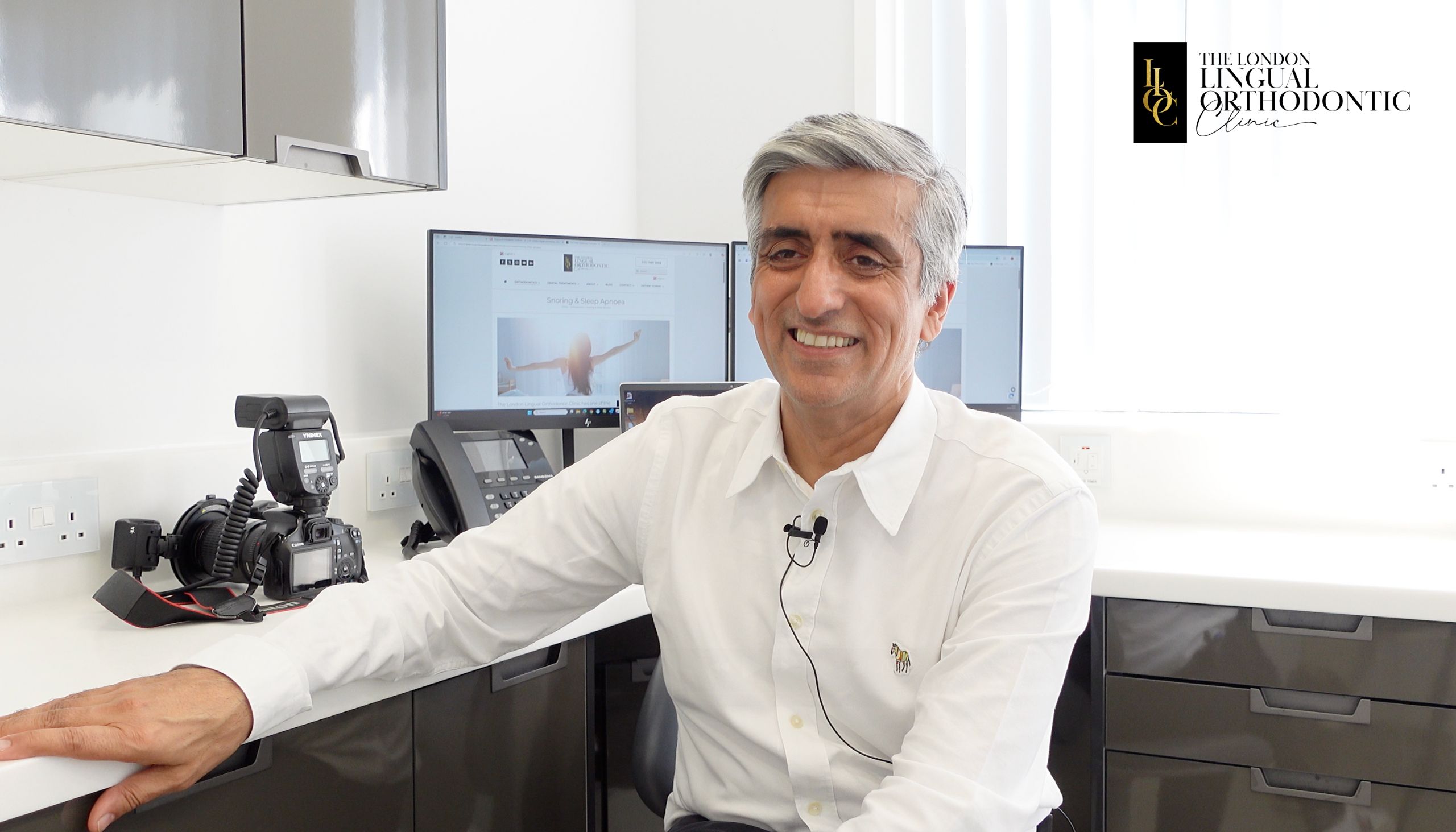A smile is a facial expression made by curvatures in the corners of the mouth and the brightening of eyes, to display pleasure, joy and amusement.
The origin of smiling is thought to go back over 30 million years, originally deployed by monkeys and apes who lightly clenched their teeth in an attempt to show predators they were harmless.
The smile we know today is not only the universal sign of happiness but one of the first expressions humans make as babies.
We have researched the history of a smile, its meaning, and the chemistry that makes smiling, and being smiled at, feel so good.
Smiling as a socially stimulated expression
In a blog for The British Academy, social psychologist, Professor Tony Manstead of the University of Cardiff discusses the evolution of the smile as a social expression, exploring the influence different cultures have had on smiling over the years.
He looks at how we can control smiling to benefit our situation, reinforcing the idea that smiles are not only an expression of positive emotions but something that can be of social value in certain situations.
Meanwhile, the historian Professor Colin Jones has examined the depiction of smiles in paintings. Smiling became fashionable in 18th century Paris. It’s possibly no coincidence that dentistry was born in Paris in this era.
Professor Paula Niedenthal, also a social psychologist, working with colleagues in the Niedental Emotions lab has identified three broad functions for smiles. According to Niedenthal, smiles serves social tasks.
The health benefits of a smile
Smiles are known to be more contagious than ‘flu, so when you smile, you’re not only activating a chemical and neural reaction in your own brain but encouraging someone else to have the same experience. A study conducted in Sweden called the ‘Facial Feedback Hypothesis’ confirms that a smile has the ability to initiate emotions in another person, often resulting in a smile back.
Smiling increases the release of something called neuropeptides, which are released by neurones and affect the function of the nervous system, reducing stress.
Known as the feel-good neurotransmitters, they’re responsible for the brains release of endorphins, serotonin and dopamine, which relax your body, lift your mood and act as all-natural pain relievers.
Fun facts about smiling
- Smiling uses between five and fifty-five muscles
- Women smile ten times more than men every day
- We buy 14 million gallons of toothpaste every year
- Smiling is a natural pain killer
- 99.7% of people agree that a good smile is one of the most important personal assets.
What does a smile mean to you?
Aside from the obvious benefits of smiling, both for yourself and for others, it is important to consider the impacts of external pressures to have the ‘perfect smile’.
At London Lingual Orthodontic Clinic, we believe that every smile is beautiful.
We work closely with our clients to ensure that the process of treatment is one that is enjoyable not only for the ‘end result’ but for the improvement of the client’s overall health and wellbeing.
There are many treatments offered at LLOC, all of which are completed by highly skilled professionals with the goal of improving not only your smile but the way you feel about yourself because of it.
You can read more about the secrets behind the smile and why smiling is good for your health on our website.
You can find out more about our treatments, here.















